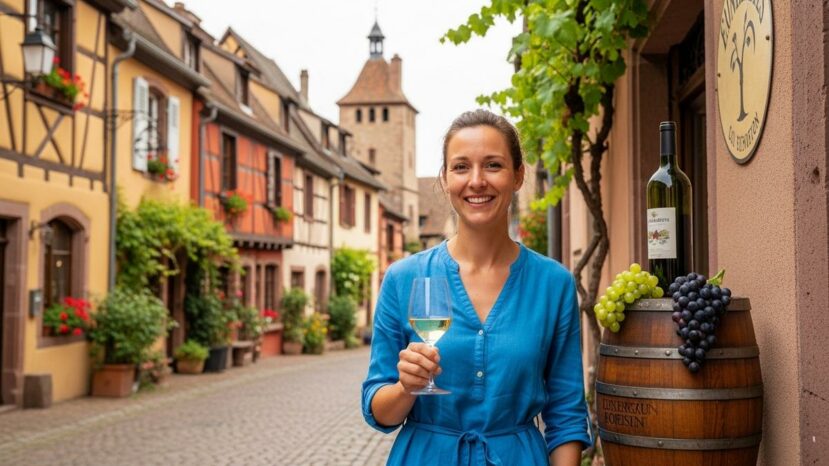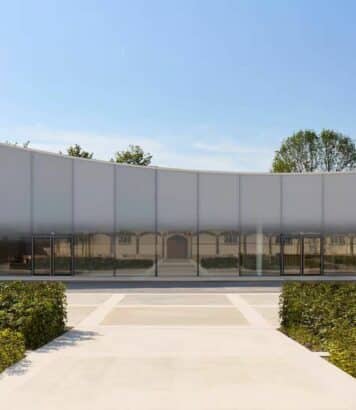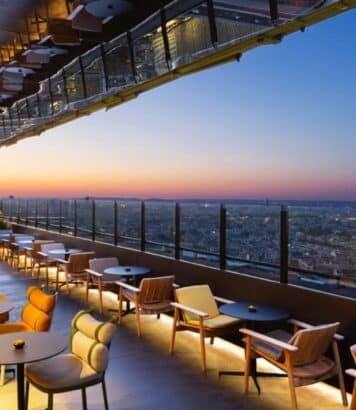Fortified Alsatian town: half-timbered and brightly coloured, it is one of the most beautiful villages in the world.

In the heart of the vineyards, an Alsatian town with enchanting half-timbered houses and ramparts. Its colorful alleyways tell a lively story of wine and the trades of yesteryear. Each season offers a different, sensitive atmosphere.
Riquewihr, an Alsatian town between vineyards and ramparts
Between the Vosges mountains and the Rhine plain, this Alsatian town has retained its medieval layout. The timber-framed houses are adorned in bold colors. What’s more, the urban ensemble remains compact, legible and highly photogenic. You can feel the alliance between heritage and wine culture.
Classed as one of the most beautiful villages, it attracts visitors all year round. Attention to detail is evident right from the front door. Sculpted door knockers,
Local history can be read in the stones, but also in the cellars. The Alsatian city grew up with the wine trade. Yet it has retained a human scale, ideal for strolling around. It’s a place where you feel welcome without losing touch with the past.
“Between vineyards and walls, time is measured by the clinking of glasses.
Preserved heritage and daily life
The village lives to the rhythm of its craftsmen and winegrowers. The corbelled facades play with light and shade. The ramparts still form a visible ring. This Alsatian town combines a gentle way of life with a demanding heritage.
Access is easy, but the center is pedestrian-only. Arrive early to enjoy the peace and quiet. And don’t forget to book in high season. The locals value the serenity of the area.
- Prefer morning or late afternoon for your photos.
- Firm footwear, irregular cobbles and short slopes.
- Time-saving, grouped museum visits.
- Tastings: a little hunger beforehand, water between two wines.
- Respect for local residents: low voices, waste in your pocket.
Historical landmarks and symbols
Since the Middle Ages, towers and gates have been a visual guide. The Alsatian city built its protection on high ground. Later, winegrowers’ houses structured the local economy. The echoes of a fortified market town are everywhere.
Dolder – Emblematic 25-meter-high belfry tower (architecture; 13th century). Erected in the 13th century, this 25-meter-high belfry guarded the entrance to the Alsatian city, and today serves as a visual landmark.
Tour des Voleurs – Former medieval prison (listed monument). This listed tower, with its dark rooms and defensive features, is a reminder of the urban order and justice of yesteryear.
These architectures tell the story of authority, faith and commerce. A clear chronology can be read in the materials and volumes. As a result, the tour takes place in layers, from gateway to courtyard. The Alsatian city reveals itself at a steady pace.
Vines, trades and memories
Maison du Vigneron – 16th-century house (architecture; winegrower’s house). Dating back to the 16th century, this house features wine presses, tools and domestic life, right in the heart of the Alsatian wine-growing town.
Wineries offer Riesling, Pinot gris or Gewurztraminer. First, ask about the local vintages and their pairings. Then let the winemaker guide the tasting. Education is part of the welcome here.
Vineyard walks and nearby getaways
Sentier viticole des Grands Crus – Path linking Riquewihr to Hunawihr and Beblenheim (tourist route). This ribbon between rows of vines links three villages, and offers easy-to-understand stops to understand an Alsatian city dedicated to wine.
Château du Haut-Koenigsbourg – Fortified castle near Riquewihr (historic monument). From its ramparts, the view takes in the plain and vineyards, with a clear view of medieval roads and valleys.
Around the village, the walk is gentle and sensory. The eye glides from rooftops to hillsides. In short, the relief naturally guides the walk. The land reveals its layers effortlessly.
Light changes quickly depending on the weather and the season. Also, a hazy sky serves the colors of the facades well. Bring a light jacket and water. The walk is pleasant in almost any weather.





No comments
Post a comment
Always participate in accordance with the law and with respect for others.